When it comes to painting walls, you use wall paints. They come in a variety of types, colors, and finishes. But what if you want to use wood paint on walls? Will it work, too, or is it even recommended? We turned to paint experts once again to shed light on this matter, and here's what they said.
You can use wood paint on both interior and exterior walls. However, be advised that there might be differences in the outcome and performance compared to using regular wall paint. It's best to read and follow the manufacturer's instructions regarding the proper preparation and application so that you can get the best results.
Keep on reading so we can tell you more about using wood paint on your walls. We'll also answer if you can use high gloss paint on the walls in your house, and we'll teach you how to paint over existing wall paint. Let's get started!
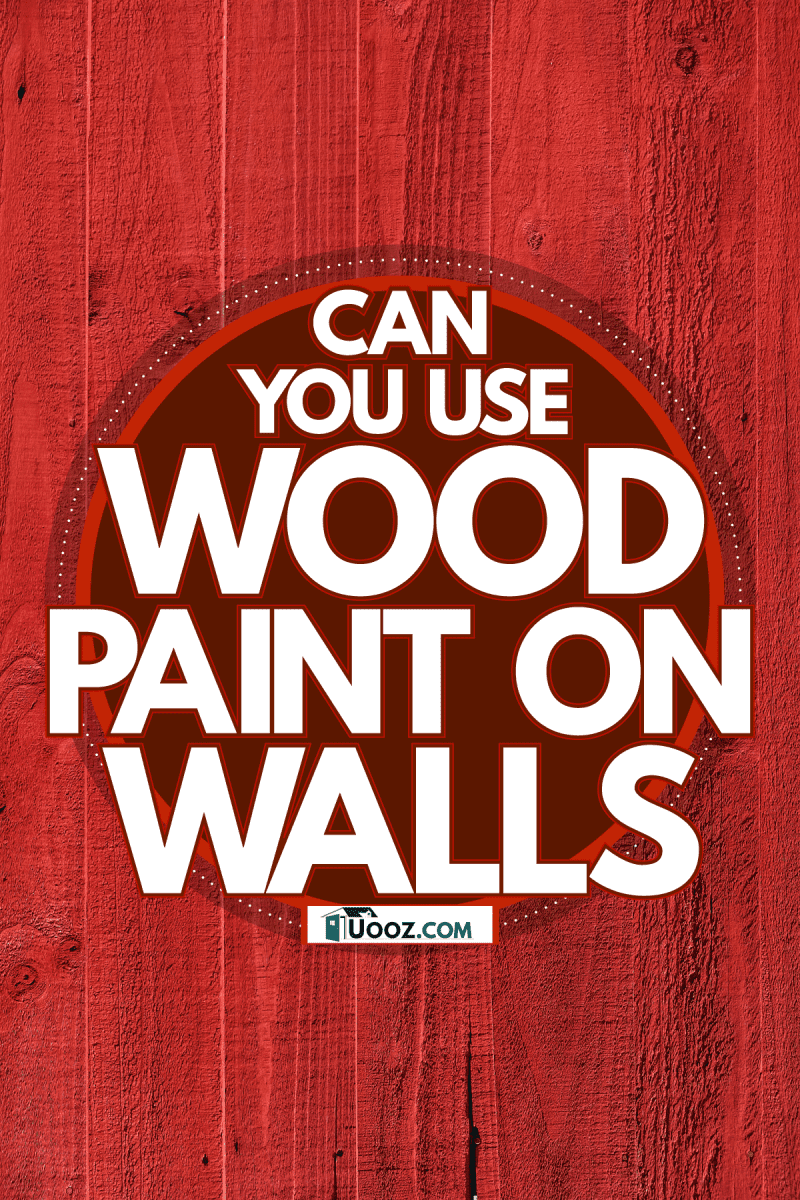
Can you put wood paint on walls?
As its name suggests, wood paint is used on materials made of wood, such as doors and floors. Its main ingredients are phenolic dry block, unsaturated polyester and polyurethane, and wax gram.
Wood paint is great to use on wood to restore its look with its bright fullness. It can even help make wooden surfaces stronger and more durable. It is able to resist water and wear and tear. However, wood paint is also known for turning yellowish and becoming brittle over time.
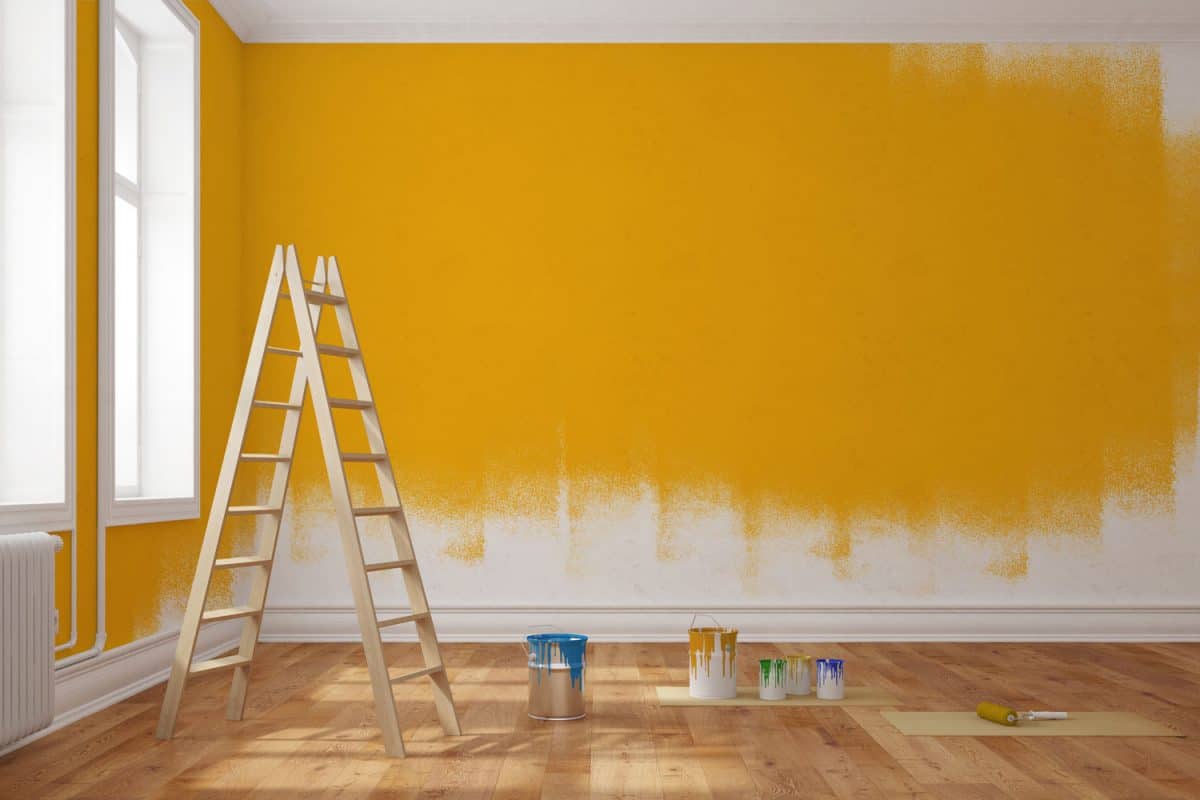
Types of Wood Paints
There are two kinds of wood paint - water-based and oil-based. Oil-based wood paint is favored because of its fullness and high hardness. However, it involves risks of burn and pollution, so users are advised to be cautious when using this type of paint.
Water-based wood paint is more environment-friendly because it is pollution-free. It is made up of non-toxic ingredients. It has no or low odor. It's also non-combustible, non-volatile, and non-explosive which makes it much safer to use.
There are further subgroups of wood paint when it comes to sheen and functionality, just like other paints. You will be able to find wood paints from matte to gloss, and there are paints for the floor and furniture.
Check out this furniture paint on Amazon.
Wood Paint Uses
Although you won't specifically find wood paint intended for walls, you can still use them if you want to. In general, you can use this paint on any kind of medium - from cabinets, furniture, floors, and walls. They are also good to use on different surfaces such as plastic, brick, stone, and metal.
Wood paint is also good for indoor or outdoor use. Experts recommend that you choose flat, satin, and eggshell for your interior walls and use semi-gloss and high gloss for your trims and doors.
Just take note that the advantages presented by the manufacturers are based on using wood paint on the intended products and surfaces. Expect differences when it comes to outcome and performance. For example, water-based wood paint has a less glossy finish than regular wall gloss paint.
It's best to read the product label carefully to make an informed choice as manufacturers usually give recommendations where the paint is best suited to use. They also give instructions on the preparations that you need to do prior to applying wood paint on the wall such as cleaning and using primer for best results.
Is high gloss paint good for walls?
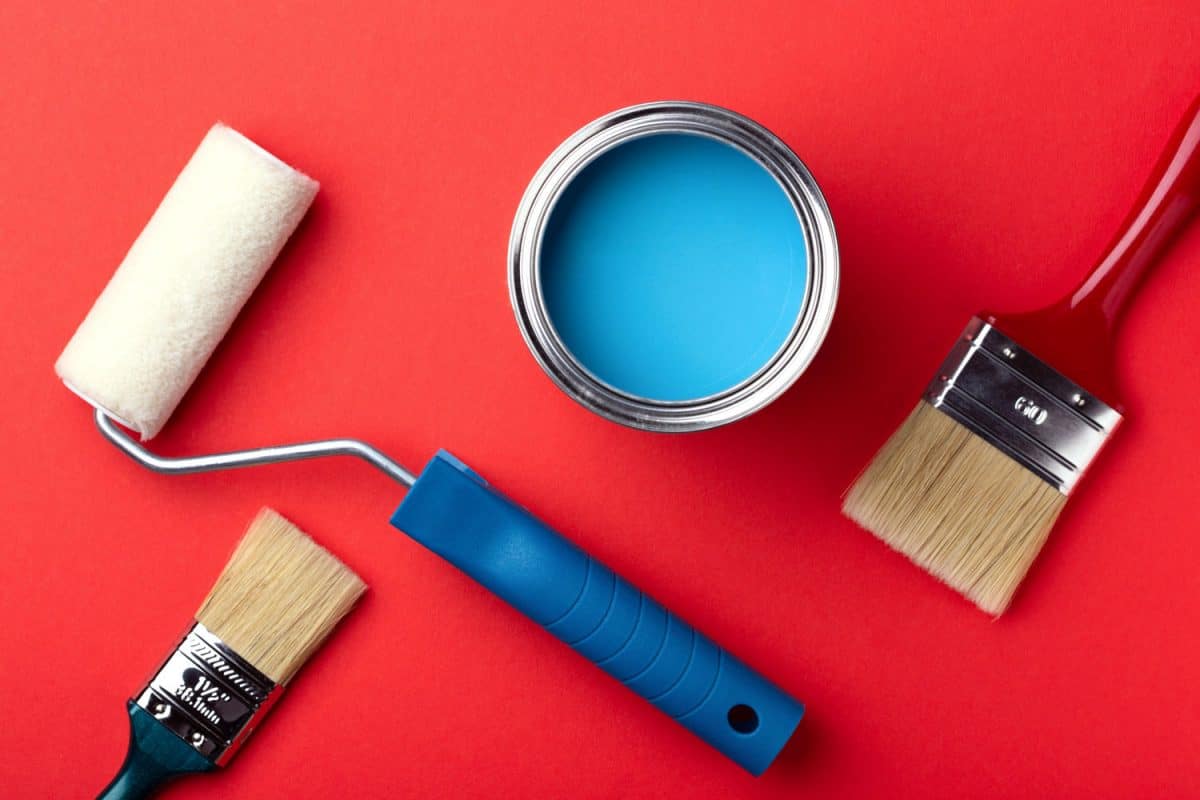
When painting your house, it is not just about choosing the right color. You also have to decide on the right amount of shine. Gloss refers to the amount of light that is being reflected on the surface where you apply the paint. In general, the more sheen that paint has, the shinier it is. The shinier a paint is, the more durable it is.
The paint's gloss level impacts its appearance and functionality. Aside from being more durable, high gloss paint is moisture-resistant and is very easy to clean. You can remove stains easily by wiping them off or cleaning the surface with soapy water.
High gloss paint has the highest level of reflection among all the other paints. The painted surface can be described as glass-like, very smooth, and shiny. It provides a nice accent in a room and gives it a warmer and richer glow.
It is not really a question of high gloss paint being good for walls. Rather, you have to think about which paint is best suited for the job. Take note that high gloss paints are the most difficult to apply of all. They require sanding the surface thoroughly before you can apply paint. Otherwise, they will highlight your wall's imperfections and defects even more.
Where to Use High Gloss Finishes
Given their innate properties, high gloss paints are best to use in areas of the house with high moisture and places frequently touched, especially by dirty hands. They are durable and easy to clean. A perfect example is a kitchen. You can also use them on doors and window trims so that you can clean their surfaces easily.
There are walls in the house where high gloss paints aren't practical to use. You would need multiple coats to achieve the right gloss, so it means you need more paint. It isn't recommended to use this type of paint in low-traffic areas.
For example, the amount of shine might be too much for the bedroom. You would be better off using paint with a flat finish and saving yourself some bucks along the way.
Find the perfect balance between practicality and style when deciding to use high gloss paint on your wall.
Click this link to find this glass black paint on Amazon.
How do you paint over existing wall paint?
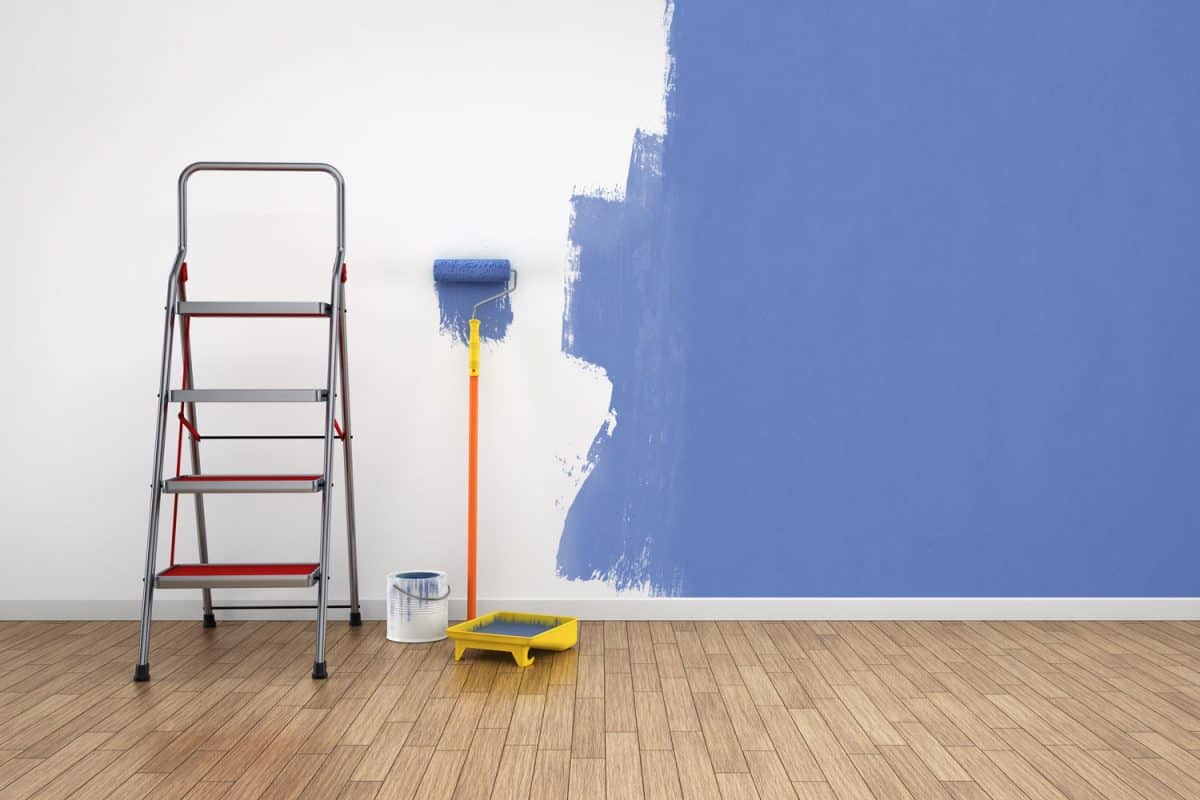
If you're getting tired of the look of your bedroom or living room, changing the paint will give it a fresh look. If you're game to make this a DIY home improvement project, here are the steps and some tips for you.
The thing with all repainting jobs is that you can't go straight to painting the wall's surface right away. You would need to do the necessary preparations so that your wall will be ready to accept the new paint. This is the key to a successful repainting project.
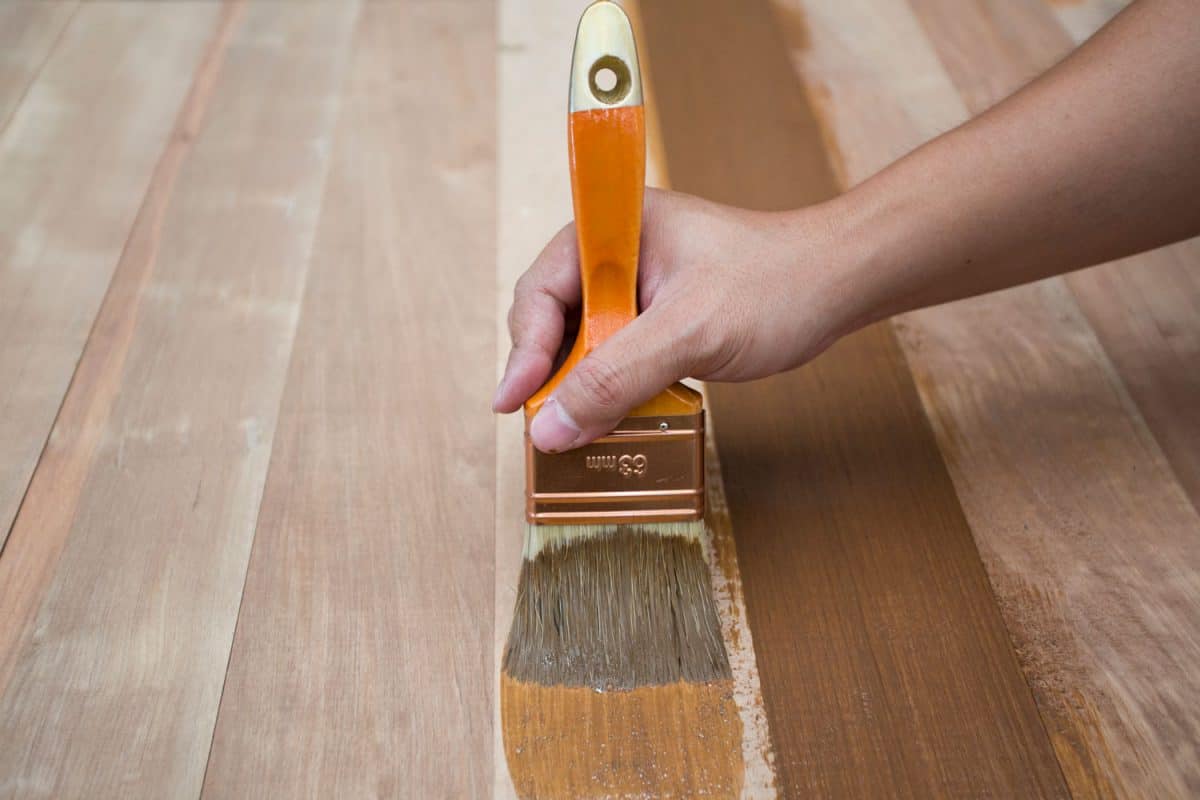
Here are the steps you need to follow when repainting a wall:
- Use sandpaper or scraper to remove any chipping or bubbling paint.
- Apply putty on the holes if there are any and allow them to dry.
- Sand off the surfaces where you applied putty.
- Clean the entire surface using a damp sponge to remove all the dirt and dust that have accumulated.
- Dry the wall using a clean cloth or let it air dry.
- Apply a primer on the wall if needed and give it sufficient time to dry. A primer will help mask the imperfections of your old wall.
- Apply the new paint. The number of coats will vary depending on the paint type and look that you're after. You can also check the manufacturer's recommendations for the proper application.
When to use a primer when repainting:
- If you're using the same type of paint, like both are water-based or oil-based, a primer paint is not required. You can go ahead and use the new paint directly after you've cleaned the wall and if there are no dents and damages on the wall.
- If you're using a different type from the original paint, you need to use a primer so that the new paint will stick to the surface properly.
- If you'll transition from a dark-colored wall to a lighter shade, you would also need to use a primer. Since it is less expensive than regular paint, you can use this to apply multiple coatings on your wall and conceal the old color.
Just be patient in waiting for the paint to dry and follow the paint manufacturer's instructions regarding the proper application of the new paint. This way, you can give your room a hassle-free makeover with minimal costs.
Final Thoughts
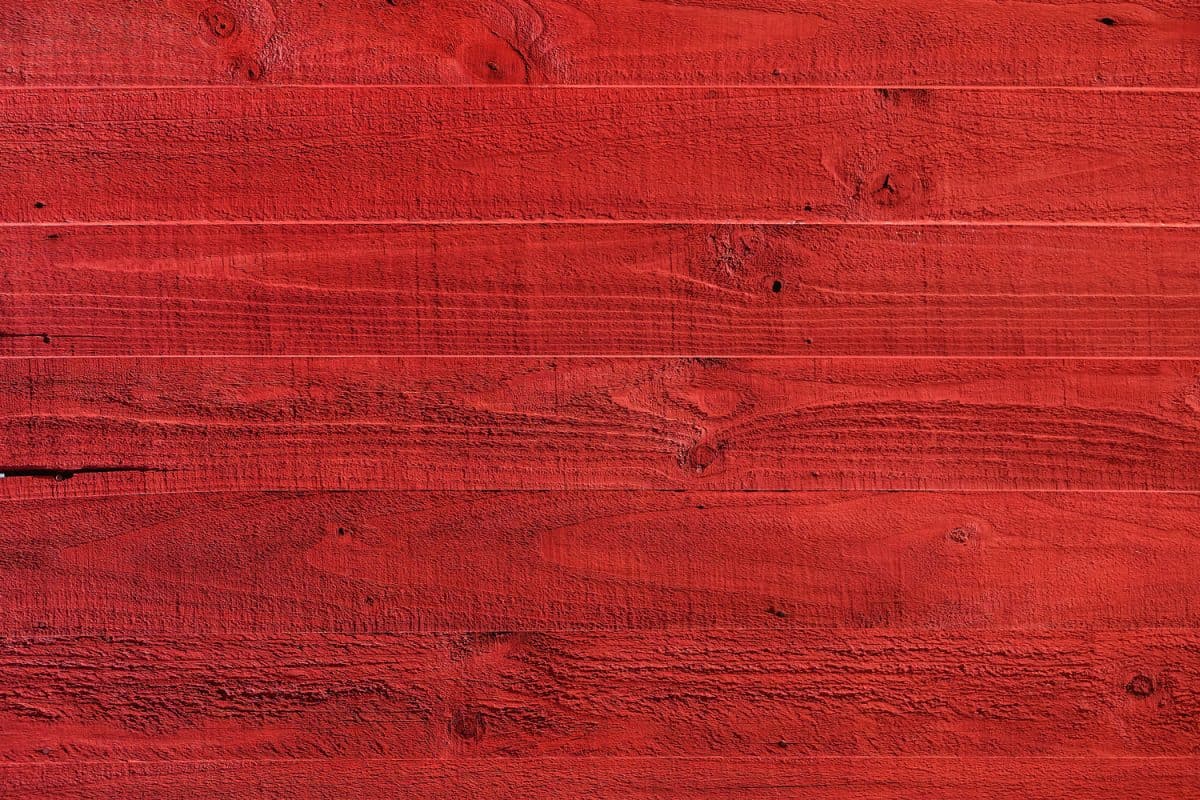
You can use wood paint on the walls inside and outside of your home. It is versatile enough to cover your walls with your chosen colors and finish, and it'll help enhance your walls' beauty and functionality.
For more resources about painting your house, you may visit the following links:
10 Best Paints For A House Foundation
Why is the Ceiling Bubbling when I Paint it? [4 Possible Causes and Solutions]



